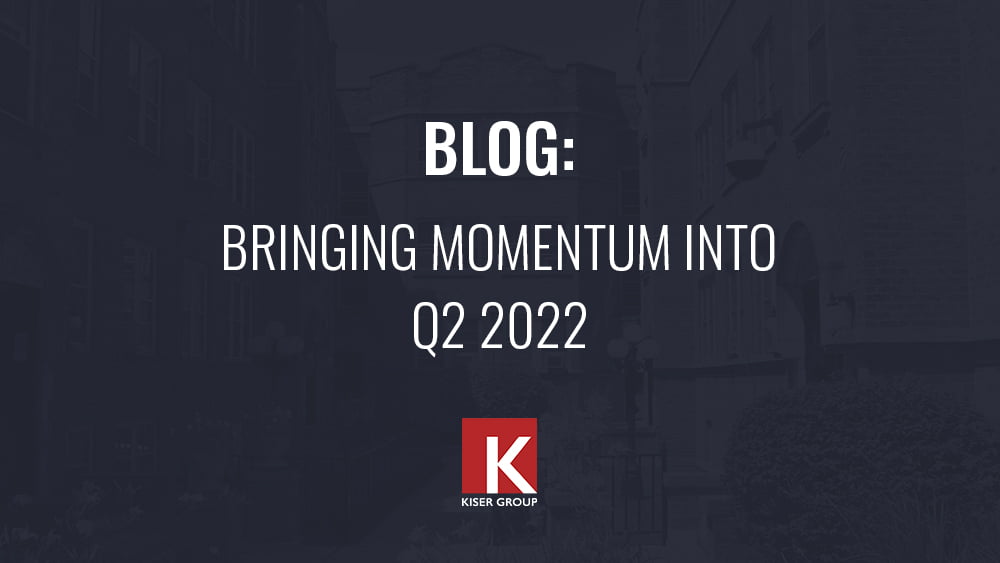06.27.22
Do Rents Justify Property’s Sale Prices? | An Analysis of Northwest Market Rents from 2019 to 2021

Anyone who has spent any time reading about Chicago real estate has heard about the path of progress and areas of the city that are becoming the next big thing for investors.
From news articles to blogs, to podcasts, real estate media has shown that Albany Park and Avondale have been significant talking points over the past few years. Quantifying this significance is important for investors. My goal is to quantify the push of the northwest market along the northwest CTA Blue Line and analyze the numbers from Avondale, Albany, Belmont Cragin, and the Norwood/Jefferson Park area. By comparing average rents and property sales in each area of the northwest market over the last three years, I hope to answer the question of whether rent rates in the areas justify the properties’ sale prices.
Currently, the demand for housing is not being met, and it will likely take a few years before new developments can satisfy the current demand. I believe these future developments will allow the progress of increasing rents to continue to push rents for vintage and renovated rental units in the northwest neighborhoods.
From a tenant’s perspective, the northwest neighborhoods are a desirable location to live in. The access to transportation via Metra, CTA, bus routes and highways is unparalleled, and there is availability of retail, entertainment and parks and recreation . The further northwest the neighborhood, the more affordability is seen in rents. The core neighborhoods of Chicago are unable to offer the rates that a neighborhood such as Albany Park does.
Additionally, high home prices due to low inventory could continue to push home affordability out of reach. This would increase the number of renters, as only 44% of Chicagoans are homeowners, per datausa.io, and investors are appealing to this demand. Investors are rehabbing older properties and providing amenities that renters prefer, such as in-unit laundry, stainless steel appliances and private storage space.
The numbers tell us that the price per door is increasing while cap rates are steady. Regardless of unit type, rents are increasing and there is high demand. The increase in rents across all unit types in the area allows investors to be more aggressive with properties with below market rents that have not been rehabbed.
When it comes to answering the question of rents justifying property sale prices, the factors that are important to investigate include housing demand and home affordability. The demand for appropriate housing and lack of home affordability is a leading factor in the rising rent prices and multifamily buildings. It’s important to look at the reason behind renters’ choice to live in a particular place. Location and price are the factors responsible for this decision.
The northwest communities of Chicago are a hub for transportation, shopping, and relative affordability when compared to the core neighborhoods of Chicago. With a strong mix of industries, and a population of around 500,000 people within the analyzed communities, there is a solid foundation for the rental market. However, how far rent and sales price can be pushed is still to be determined.
Learn more about Kiser Group Advisor Andy Enkhzul here.
